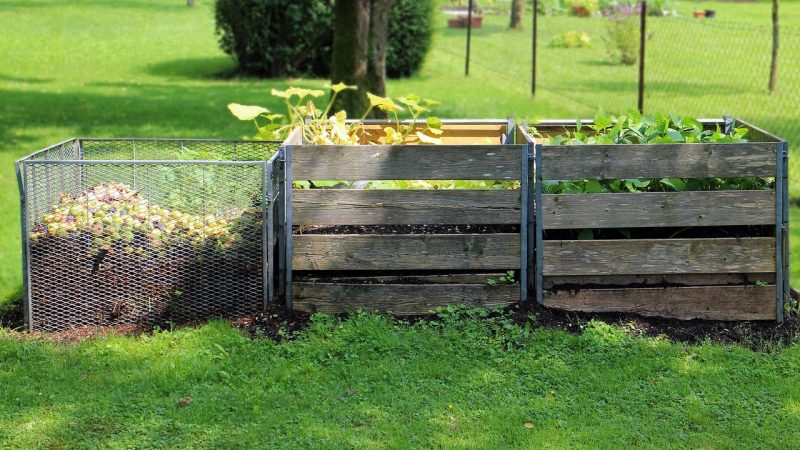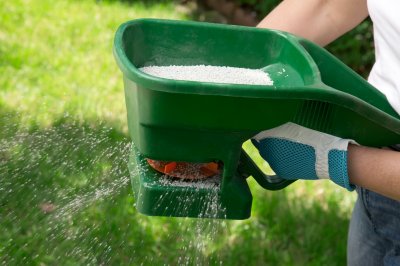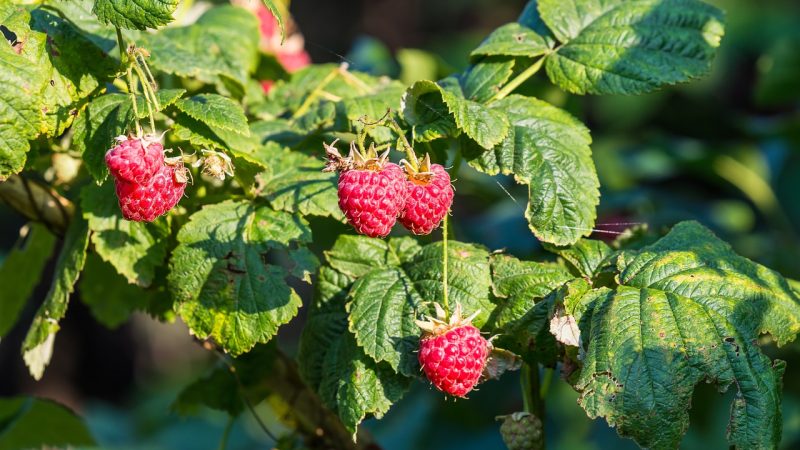Broccoli can be grown in most temperate climates, and it is usually planted as a cool-season crop in the spring or fall. Here are some general guidelines for planting broccoli:
- Soil preparation: Broccoli prefers well-drained soil that is rich in organic matter. Before planting, work compost or well-rotted manure into the soil to improve its fertility.
- Seed starting: Broccoli can be started from seed indoors 6 to 8 weeks before the last expected frost date in your area. Sow seeds in individual containers filled with seed-starting mix and keep them moist and warm until they germinate.
- Transplanting: Once the seedlings have developed their second set of leaves, they can be transplanted into the garden. Choose a planting site that receives full sun or partial shade and has good air circulation.
- Plant spacing: Space broccoli plants 12 to 24 inches apart, depending on the variety. The plants should be planted at the same depth as they were in their containers.
- Watering: Broccoli plants require regular watering, especially during dry periods. Water deeply and frequently to ensure that the soil stays consistently moist.
- Fertilizing: Broccoli plants require regular fertilization to promote healthy growth and development. Apply a balanced fertilizer every 3 to 4 weeks throughout the growing season.
- Pest control: Broccoli is susceptible to a variety of pests and diseases, including aphids, cabbage worms, and flea beetles. Monitor your plants regularly and use appropriate insecticides and other pest control measures as needed.
By following these guidelines, you can successfully grow broccoli in your garden and enjoy a bountiful harvest of this nutritious vegetable.







